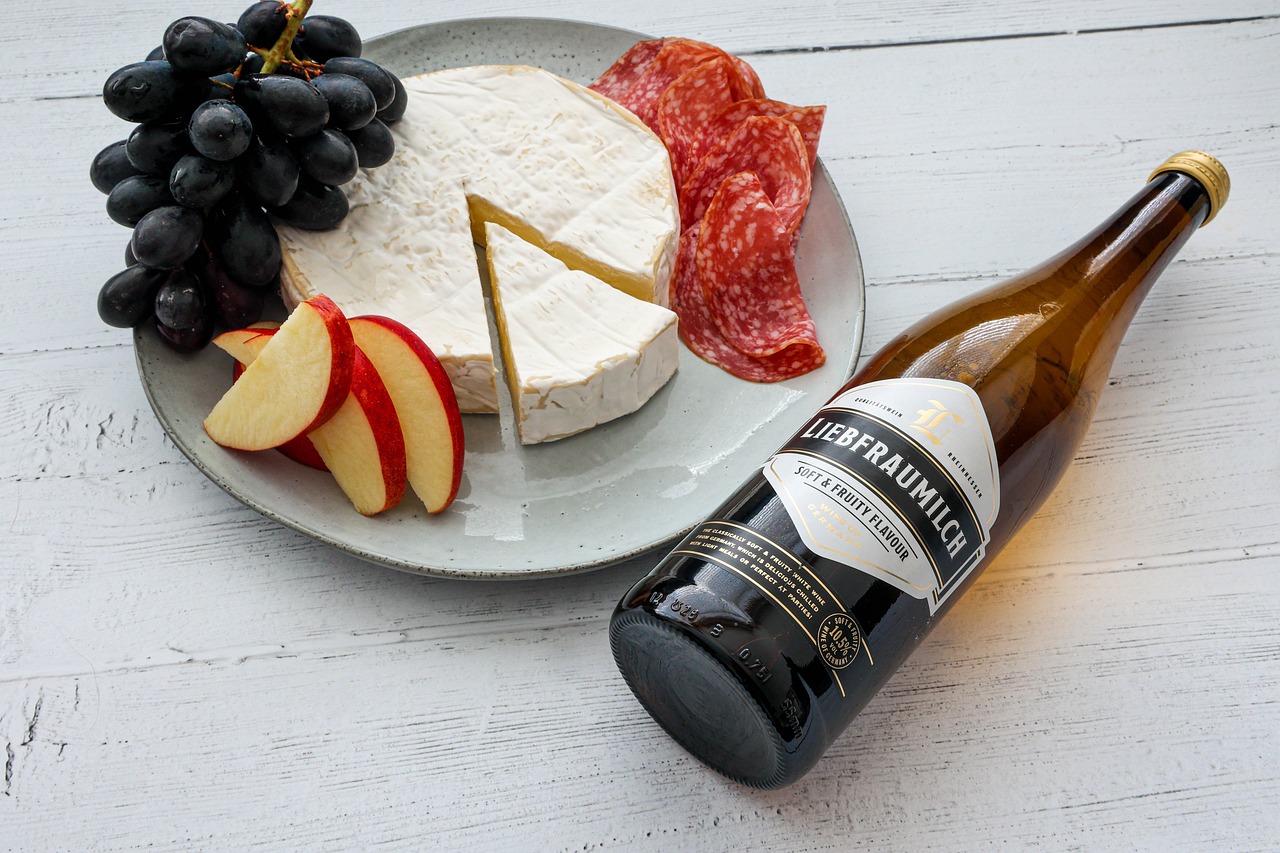
Nestled in the heart of Germany’s winemaking regions lies a sweet secret that has charmed palates for centuries: Liebfraumilch wine. This delectable white wine, known for its smooth, fruity flavor, has a history as rich as its taste. In this article, we’ll embark on a journey through the vineyards of Germany, uncovering the history, production, and unique characteristics of Liebfraumilch, and why it remains a beloved choice among wine enthusiasts worldwide.
History and Origin:
Liebfraumilch’s roots trace back to the medieval era, a time when vineyards flourished under the care of monastic orders. The name “Liebfraumilch” itself translates to “Beloved Lady’s Milk,” a nod to the Virgin Mary, underscoring its ecclesiastical origins. This historical connection lends an air of tradition and reverence to each bottle, making it more than just a wine, but a sip of history.
Regions and Vineyards:
While Liebfraumilch can be produced in several regions in Germany, it is most famously associated with the Rheinhessen, Pfalz, Nahe, and Rheingau regions. Each of these areas brings its unique terroir to the wine, imparting subtle differences in taste and aroma. The rolling hills, river valleys, and varied soil compositions in these regions create an ideal environment for the growth of Liebfraumilch’s primary grape varieties.
Grape Varieties and Production:
The wine is predominantly made from Riesling, Müller-Thurgau, Silvaner, and Kerner grapes. The production process of Liebfraumilch emphasizes preserving the delicate balance of sweetness and acidity that the wine is known for. Modern winemaking techniques, combined with age-old traditions, ensure that each bottle of Liebfraumilch maintains a consistent quality and flavor profile.
Taste Profile:
Liebfraumilch is celebrated for its harmonious blend of sweetness and acidity, creating a light and refreshing taste. It typically features floral and fruit notes, with hints of citrus, peach, and apricot, often accompanied by a subtle honeyed undertone. The wine’s sweetness is perfectly balanced, ensuring it is never overpowering but pleasantly smooth on the palate.
Food Pairings:
One of the joys of Liebfraumilch is its versatility in food pairings. It complements a wide range of dishes, from spicy Asian cuisine to traditional German fare. The wine’s sweetness pairs beautifully with the spiciness of Thai or Indian food, while its lightness makes it a perfect accompaniment to seafood and poultry. For a classic pairing, try Liebfraumilch with German sausages or a hearty schnitzel.
Serving and Storage:
To fully appreciate Liebfraumilch, it should be served chilled, ideally between 8-10°C (46-50°F). This temperature highlights the wine’s fresh, fruity characteristics. When it comes to storage, Liebfraumilch is best enjoyed young. However, proper storage in a cool, dark place can allow it to age gracefully for a few years.
Health Benefits:
While wine should always be consumed in moderation, Liebfraumilch does offer some health benefits. Its moderate alcohol content and the presence of antioxidants can contribute to heart health when consumed responsibly. Additionally, the stress-relieving properties of enjoying a glass of fine wine should not be underestimated.
Sustainability and Winemaking:
In recent years, there has been a growing emphasis on sustainability in the winemaking process. Many Liebfraumilch producers have adopted eco-friendly practices, from organic viticulture to energy-efficient production methods. These efforts not only benefit the environment but also ensure the long-term health and quality of the vineyards.
Liebfraumilch in Modern Culture:
Despite its age-old origins, Liebfraumilch has maintained a steady presence in modern wine culture. Its approachability and affordability make it a popular choice for both casual wine drinkers and connoisseurs. Liebfraumilch’s sweet, easy-drinking nature has also made it a staple in festive occasions and celebrations.
Liebfraumilch is more than just a sweet white wine from Germany; it’s a testament to the country’s rich winemaking heritage. Whether you’re a seasoned wine lover or new to the world of wines, Liebfraumilch offers a delightful experience. Its unique blend of history, taste, and versatility makes it a wine worth exploring and enjoying.
By exploring the various facets of Liebfraumilch, this article aims to provide an in-depth understanding of this delightful German wine, appealing to a broad audience of wine enthusiasts and curious beginners alike. The focus on its history, production methods, and modern relevance ensures that the article is not only informative but also engaging and accessible.
Related articles:
German Eiswein
Spätburgunder: Germany’s Answer to Pinot Noir
German Wine Guide
History of German Wine
German Riesling
German Wines
